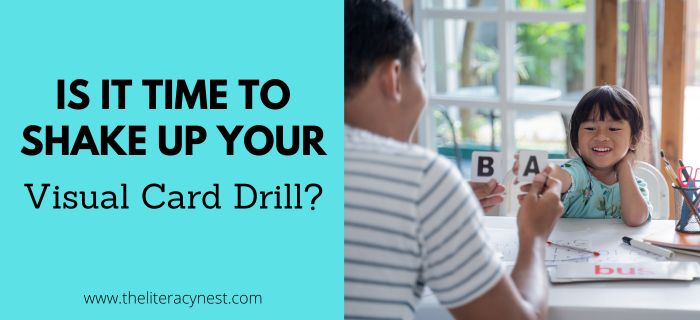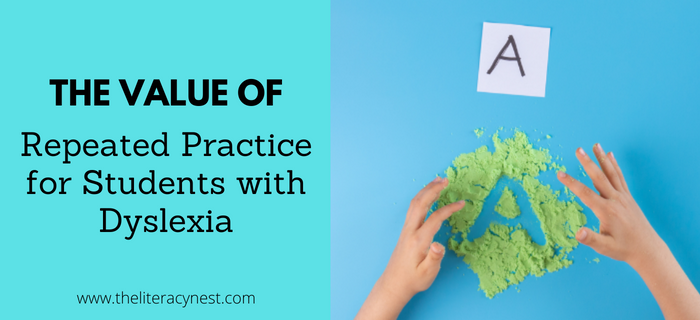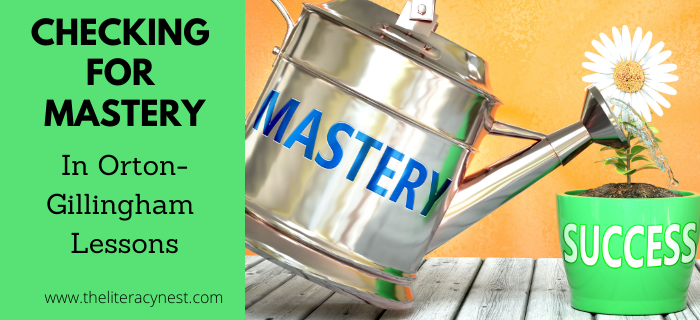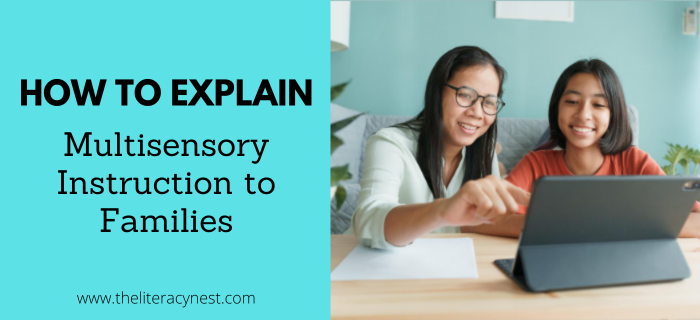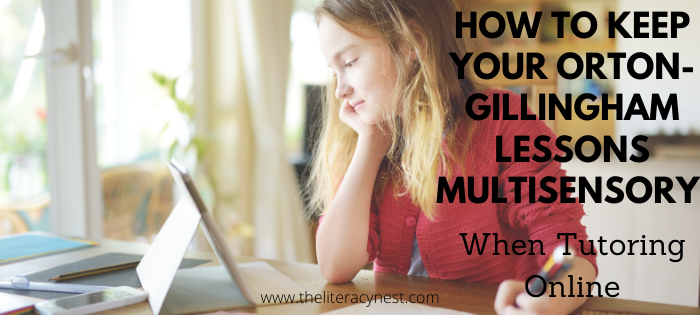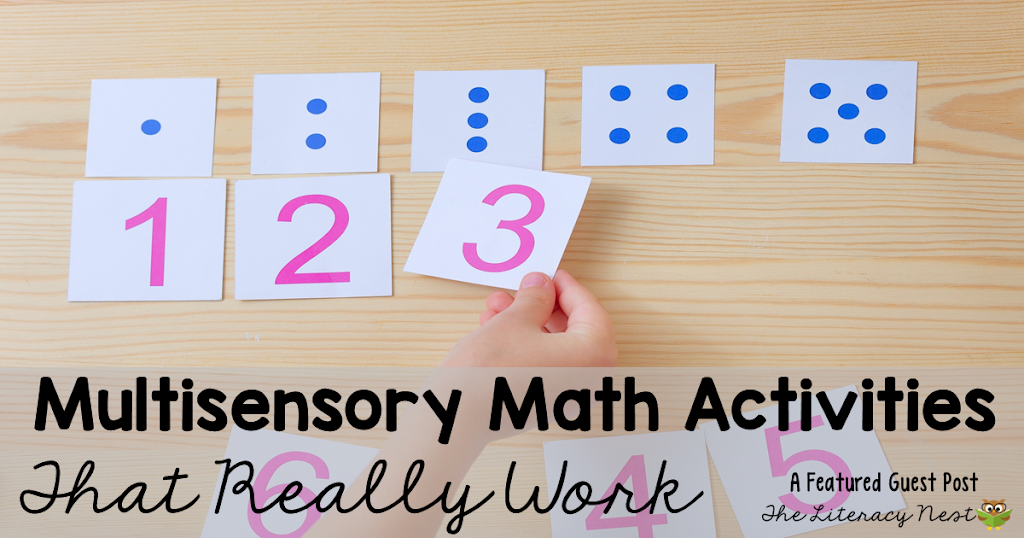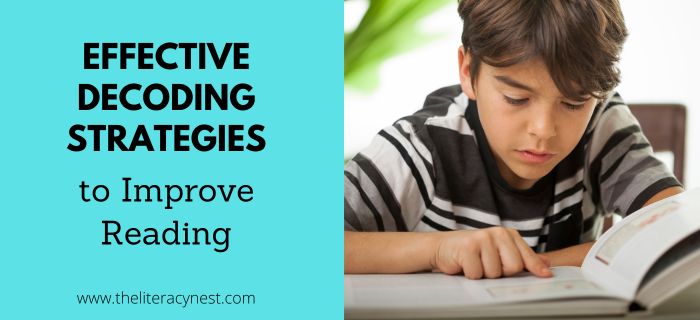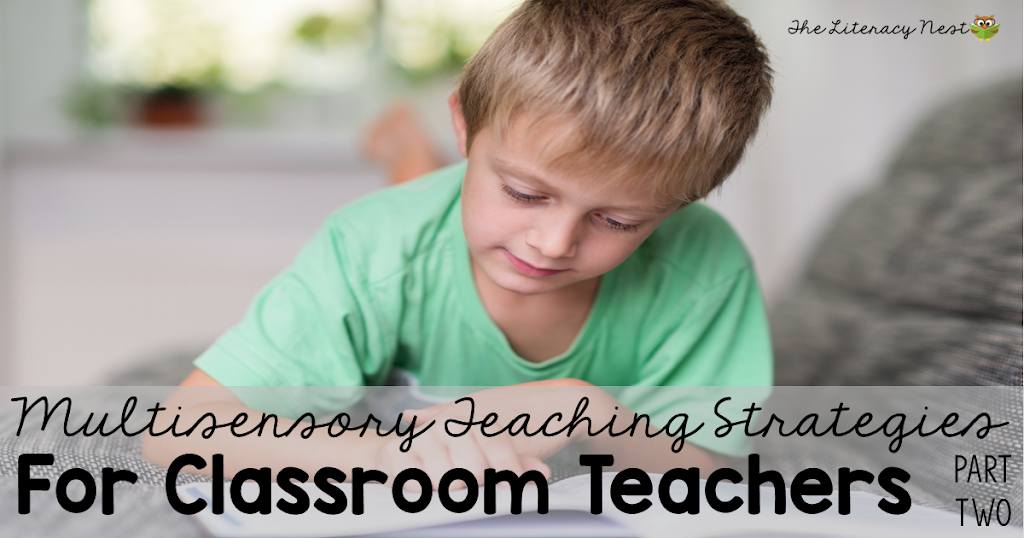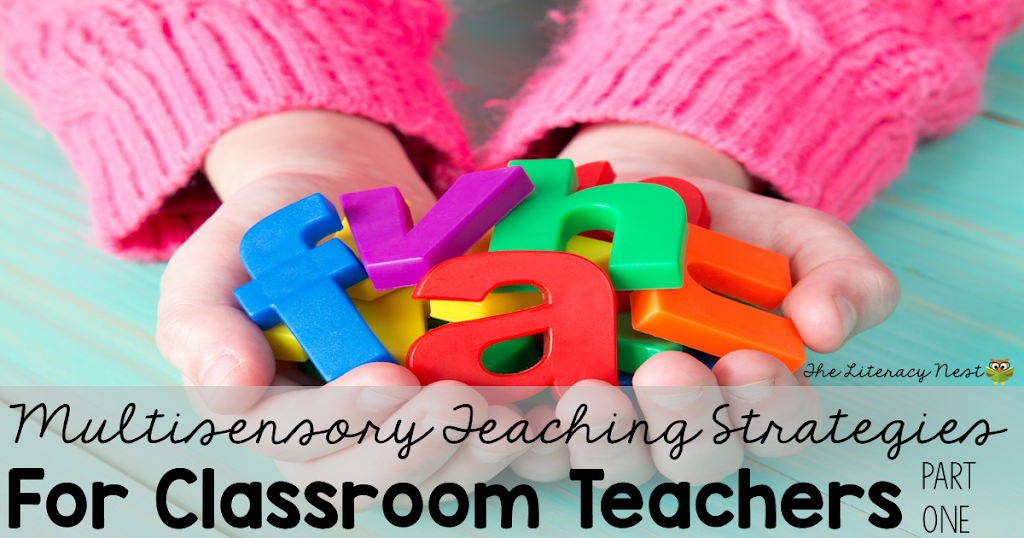Is It Time to Shake Up Your Visual Card Drill?
Is it time to breathe new life into the visual card drill portion of your Orton-Gillingham or structured literacy lessons? After your students become familiar with the card drill routine, it may feel like a mundane task. There are beneficial ways to offer the card drill routine that will not only increase engagement but also…

